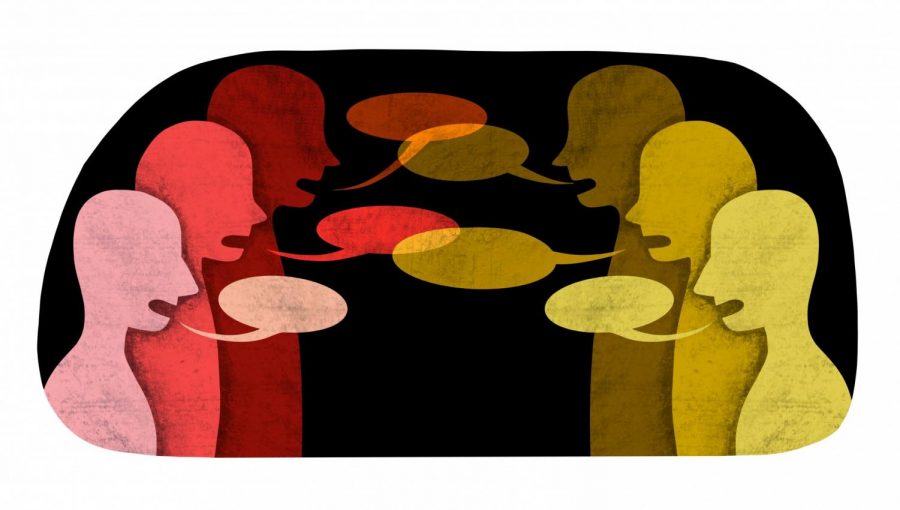Native people constitute 1.4% of Minnesota’s population, according to the 2021 census. I am not part of this 1.4%, however, I am a Minnesota resident. I am a student at the University of Minnesota, which is built on land of the Dakota people. This means that when I wake up in the morning, I awake on Indigenous land. When I walk to class, I walk on Indigenous land. When I study in the library, I read on Indigenous land. Therefore, Indigenous issues certainly do concern me, and they should concern you, too. Let us take a closer look into these issues.
Between 2010 and 2018, 8% of murdered women and girls in Minnesota were Indigenous, while Indigenous women made up 1% of the population, according to reports from Minnesota’s Missing and Murdered Indigenous Women (MMIW) Task Force. These are alarming statistics, and they are not chance occurrences. Cases of MMIW have been found in states across the U.S. and Canada. However, many people do not know how widespread this violence is, perhaps because there is resistance to learn about Indigenous groups.
Minnesota had the ninth highest rate of MMIW of all U.S. states in 2017. Some of the U.S. rates, however, are underreported because many Indigenous people are racially misidentified as white. The history of this issue can be traced back to European colonization. European settlers aimed to, in their terms, “civilize” Indigenous people and forced them to assimilate to European ways of life, thus deeming Indigenous ways of life “inferior.” Tactics such as these contributed to the marginalization of Native people by suppressing their culture and have resulted in a lack of public awareness about Native culture and issues. Atrocities against Native people are rampant due to harmful stereotypes that are perpetuated by this type of institutional racism. Additionally, colonialist stereotypes that oversexualize Native women fuel the trafficking and violence.
On the legal side, several laws made by the U.S. government have made it nearly impossible for Native communities to have sovereignty over their lands and ways of life. Confusing land divisions stemming back to old treaties and laws make investigations into missing and murdered women on or near reservations difficult, as authority figures are not clearly defined. Jurisdiction of tribal officers is ill-defined and varies based on whether the perpetrator is Native or non-Native, sometimes rendering the perpetrator unpunishable. This has resulted in high rates of unsolved MMIW cases.
In March, two bills were introduced into the Minnesota State Legislature regarding the state’s MMIW Task Force. Bill SF3926 aims to establish a special MMIW license plate. Owners of the license plate will donate $20 annually to the MMIW Task Force. This bill would allow the task force to gain necessary funding. Another bill, SF4282, aims to raise money to establish a monument for MMIW on State Capitol grounds in the place of a statue of Christopher Columbus. If passed, both of these bills will spread awareness of the high rate of missing women and two-spirit people among Indigenous communities, which is much needed.
These bills are crucial first steps, but neither provides the level of legal and financial support required to effect change. They encourage the community to be cognizant of the issues, which is beneficial and a wonderful start to solving the issue. However, this awareness must be paired with adequate funding to make lasting changes.
Minnesota is the first state to have a designated task force for MMIW. One goal the task force has is to increase awareness of MMIW among community members and the general public. In doing so, any misconceptions will be avoided, and people can recognize any signs of violence or trafficking. Funding for the task force will allow resources to go toward helping survivors, establishing laws that ensure traffickers and murderers are prosecuted, equipping tribal officials with tools to conduct thorough investigations and meeting basic needs including housing and food so poverty-related vulnerabilities cannot be exploited by traffickers.
All Minnesotans should take action, as this happens in our state, to people of our communities. We must support any actions that can take a step in the right direction, follow the direction of Indigenous leaders and push for any legislation that will provide resources to the cause. After all, is it not the natural right of Indigenous people to have safety within their own lands?
This OpEd essay was submitted by Subhika Rao, a University of Minnesota student studying biology, society and the environment.
This OpEd essay has been lightly edited for style and clarity.

















Meat Eater
Jun 13, 2022 at 6:28 pm
:O